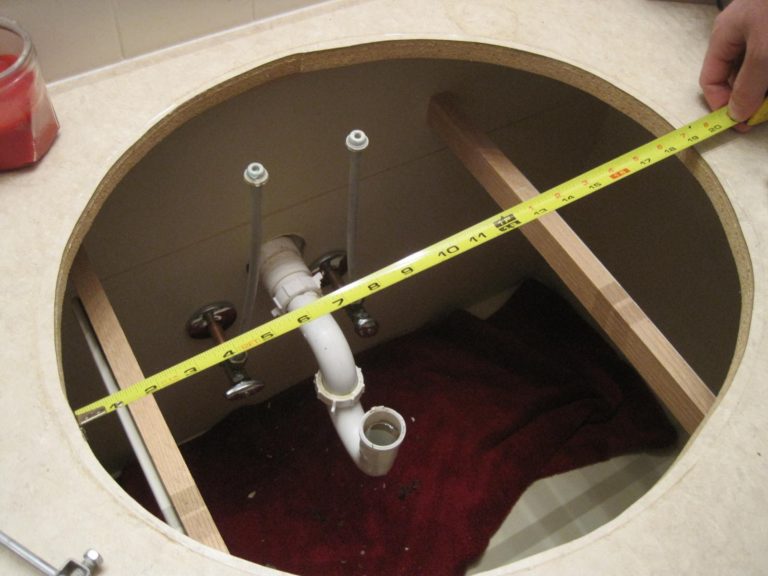Step 1: Gather Your Supplies
Before you begin the process of replacing your bathroom sink pipes, make sure you have all the necessary supplies. You will need a new sink, a new drain kit, a basin wrench, adjustable pliers, plumber's putty or silicone caulk, and a bucket to catch any excess water.
Step 2: Turn Off the Water Supply
The first step in any plumbing project is to turn off the water supply. Most sinks will have a shut-off valve located under the sink. If you can't find one, you may need to turn off the main water supply to your home. Once the water is turned off, turn on the faucet to relieve any pressure in the pipes.
Step 3: Remove the Old Sink
Using a basin wrench, loosen and remove the nuts holding the old sink in place. Then, carefully lift the sink out of the vanity or countertop. If the sink is glued in place, use a utility knife to carefully cut through the adhesive.
Step 4: Remove the Old Drain
If you are replacing the entire sink, you can skip this step. But if you are only replacing the drain, you will need to remove the old one. Use a pair of adjustable pliers to loosen and remove the nut holding the drain in place. Then, remove the old drain and set it aside.
Step 5: Prepare the New Sink
If your new sink comes with a template, use it to mark the location of the faucet and drain holes. Then, use a drill to create these holes. Next, apply a thin layer of plumber's putty or silicone caulk around the edges of the sink where it will come into contact with the countertop or vanity.
Step 6: Install the New Drain
If you are replacing the entire sink, you can skip this step. But if you are only replacing the drain, now is the time to install the new one. Apply plumber's putty or silicone caulk around the edges of the drain and insert it into the sink. Then, secure it in place with the nut and tighten with adjustable pliers.
Step 7: Place the Sink
Carefully place the new sink into the vanity or countertop, making sure it is centered and level. Then, use a basin wrench to secure the sink in place by tightening the nuts.
Step 8: Connect the Water Supply
Using a wrench, connect the hot and cold water supply lines to the corresponding valves under the sink. Make sure they are securely tightened to avoid any leaks.
Step 9: Install the Drain Kit
If you are replacing the entire sink, you can skip this step. But if you are only replacing the drain, now is the time to install the new drain kit. Follow the manufacturer's instructions to ensure it is installed correctly.
Step 10: Test for Leaks
Turn the water supply back on and test the new sink for any leaks. If you notice any, tighten the connections or add more plumber's putty or silicone caulk as needed.
Congratulations, you have successfully replaced your bathroom sink pipes! Remember to clean up any excess water and dispose of your old sink properly. Now you can enjoy your new sink and freshen up your bathroom's look.
Why Should You Replace Your Bathroom Sink Pipes?

Bathroom sink pipes are essential components of any bathroom design . They are responsible for carrying water in and out of your sink, allowing you to wash your hands, brush your teeth, and perform other daily hygiene rituals. However, over time, these pipes can become clogged, leaky, or even break, causing inconvenience and potential damage to your home. In this article, we will discuss the importance of replacing your bathroom sink pipes and how it can improve your overall house design.

One of the main reasons to replace your bathroom sink pipes is to prevent any potential water damage to your home. Leaky or broken pipes can lead to mold growth, water stains, and structural damage if left unchecked. This can not only be costly to repair but can also compromise the safety and stability of your house. By regularly replacing your sink pipes, you can avoid these issues and maintain a well-maintained and functional house design.
Another benefit of replacing your bathroom sink pipes is improved water flow and drainage.
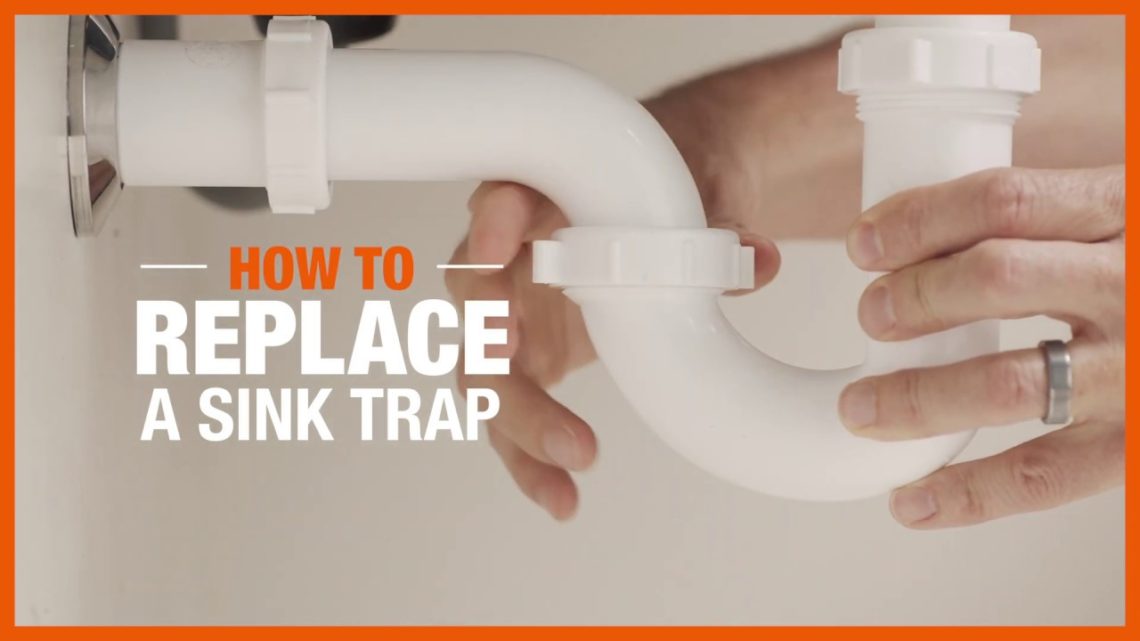
Over time, buildup of debris, hair, and mineral deposits can cause your pipes to become clogged, resulting in slow water flow and poor drainage. This can be frustrating and time-consuming, especially when you are in a rush to get ready in the morning. By replacing your pipes, you can ensure smooth water flow and efficient drainage, making your daily bathroom routines more hassle-free.
In addition, replacing your bathroom sink pipes can also be a cost-effective solution . While it may seem like a significant investment upfront, constantly repairing and unclogging old pipes can add up over time. By replacing them, you can avoid the recurring expenses and potential damage caused by faulty pipes, saving you money in the long run.
Lastly, replacing your bathroom sink pipes can also give you the opportunity to upgrade your house design.

If you are looking to give your bathroom a makeover, choosing new pipes with a modern and sleek design can add to the overall aesthetic of your space. You can also opt for more durable and efficient materials, such as PVC or copper, that can improve the functionality and longevity of your pipes.
In conclusion, replacing your bathroom sink pipes is a necessary step in maintaining a functional and visually appealing house design. Regular replacement can prevent potential damage, improve water flow and drainage, save you money, and even enhance the overall look of your bathroom. So don't wait until your pipes start causing problems; consider replacing them as part of your regular house maintenance routine.












:max_bytes(150000):strip_icc()/bathroom-sink-drain-installation-2718843-01-4955fe1f576b447a91abe51c126d220b.jpg?strip=all)

















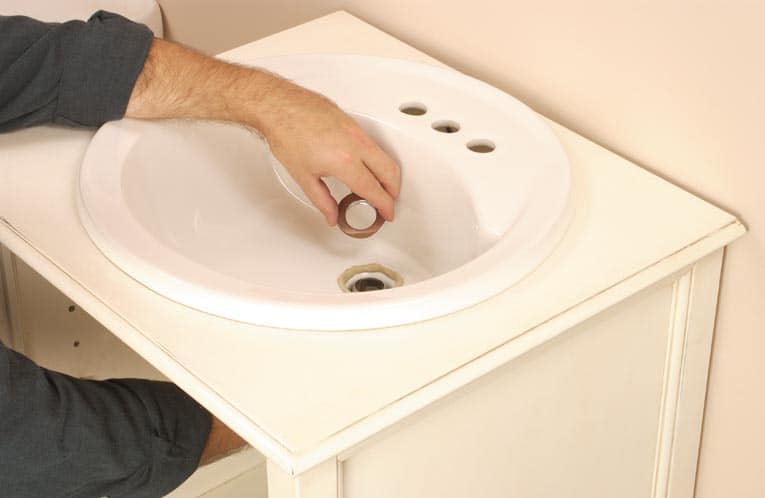









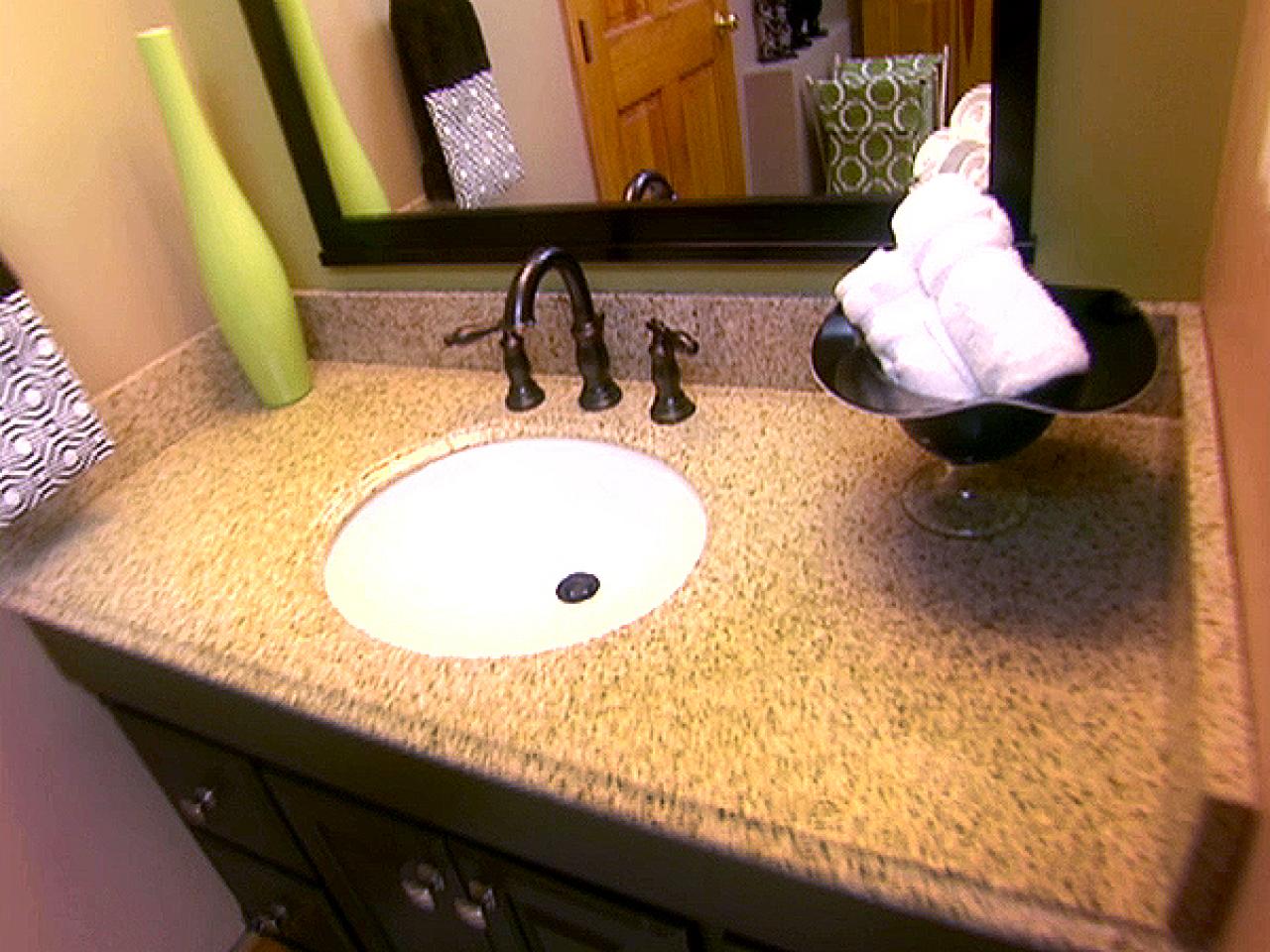
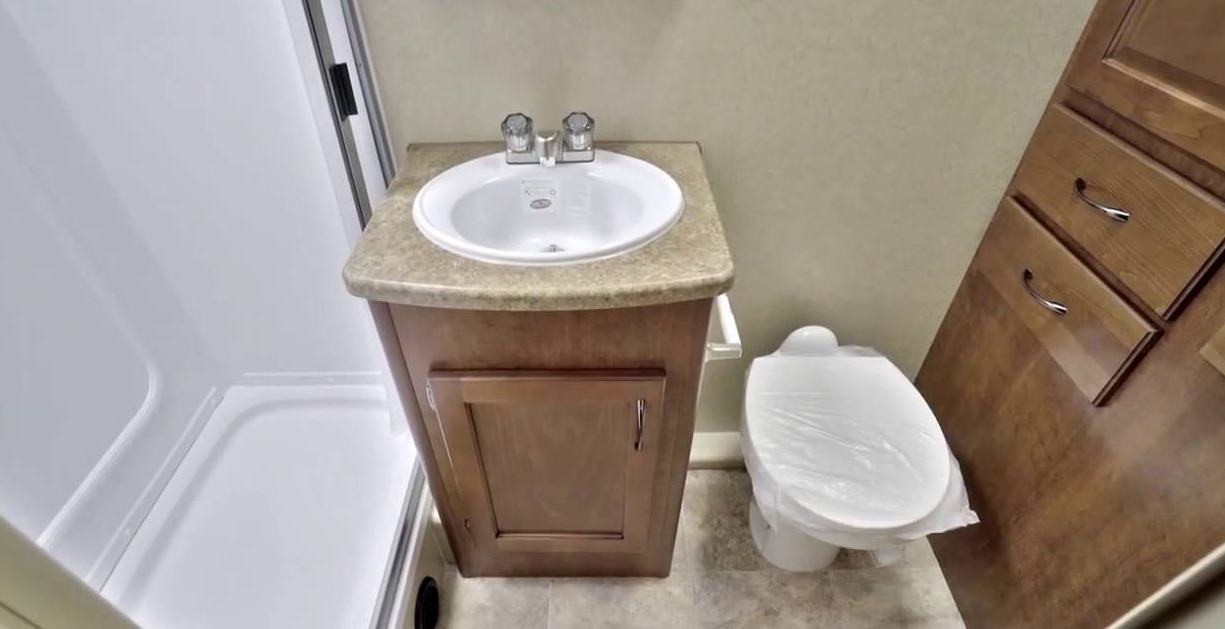
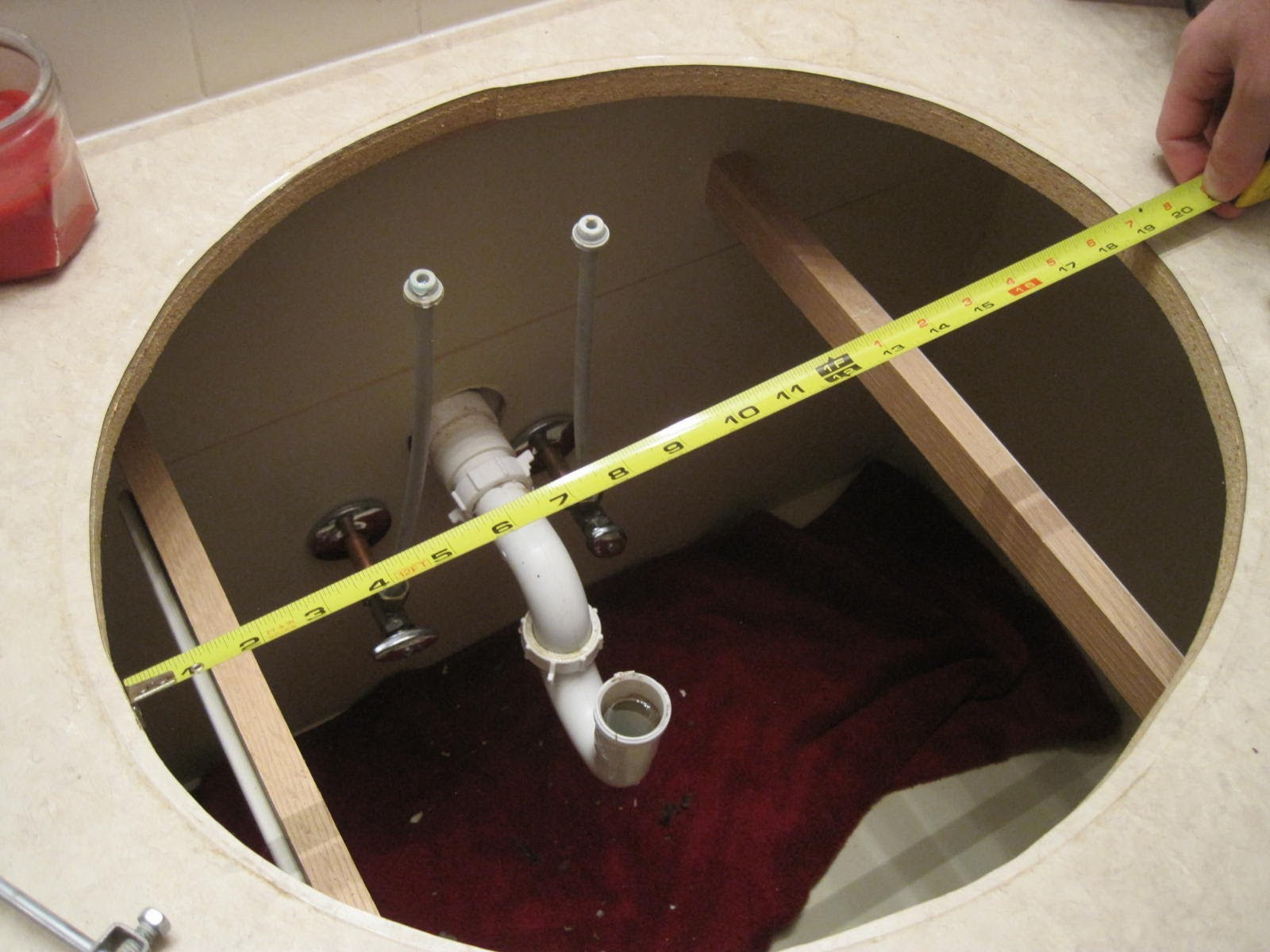
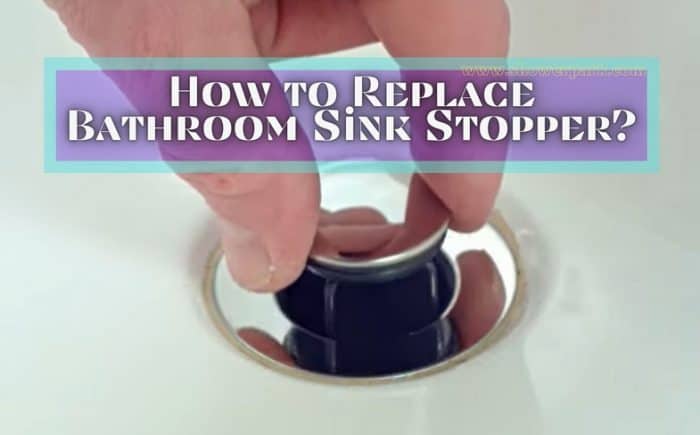






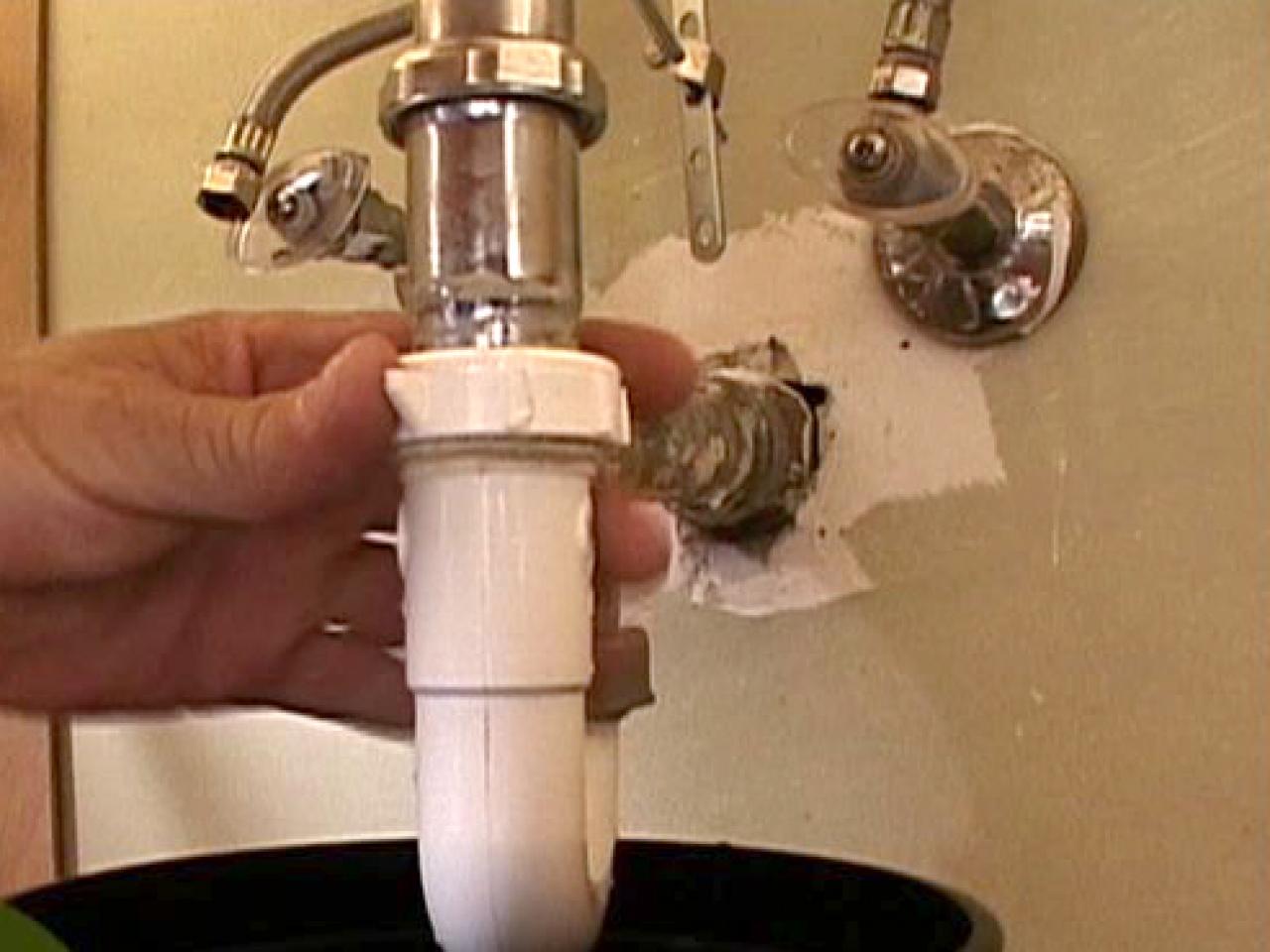


/replace-and-install-bathroom-vanity-1824869-hero-952f8968530f46f4a79a1b33b03f0169.jpg)

/replace-and-install-bathroom-vanity-1824869-05-732575143d214f8a882634cff96261f0.jpg)
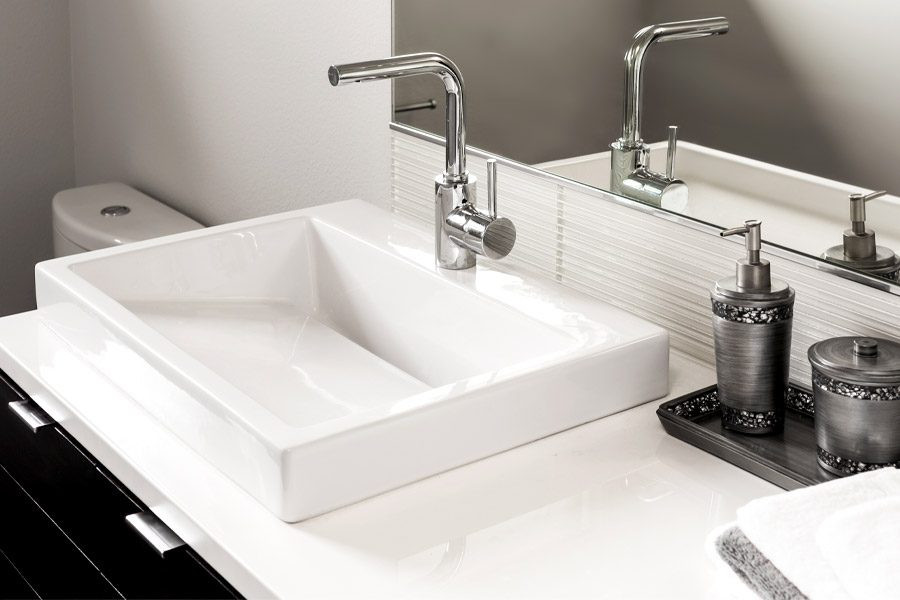
:max_bytes(150000):strip_icc()/replace-and-install-bathroom-vanity-1824869-04-c42cd6d15b7a4a818f4a7b92a0872c14.jpg)









